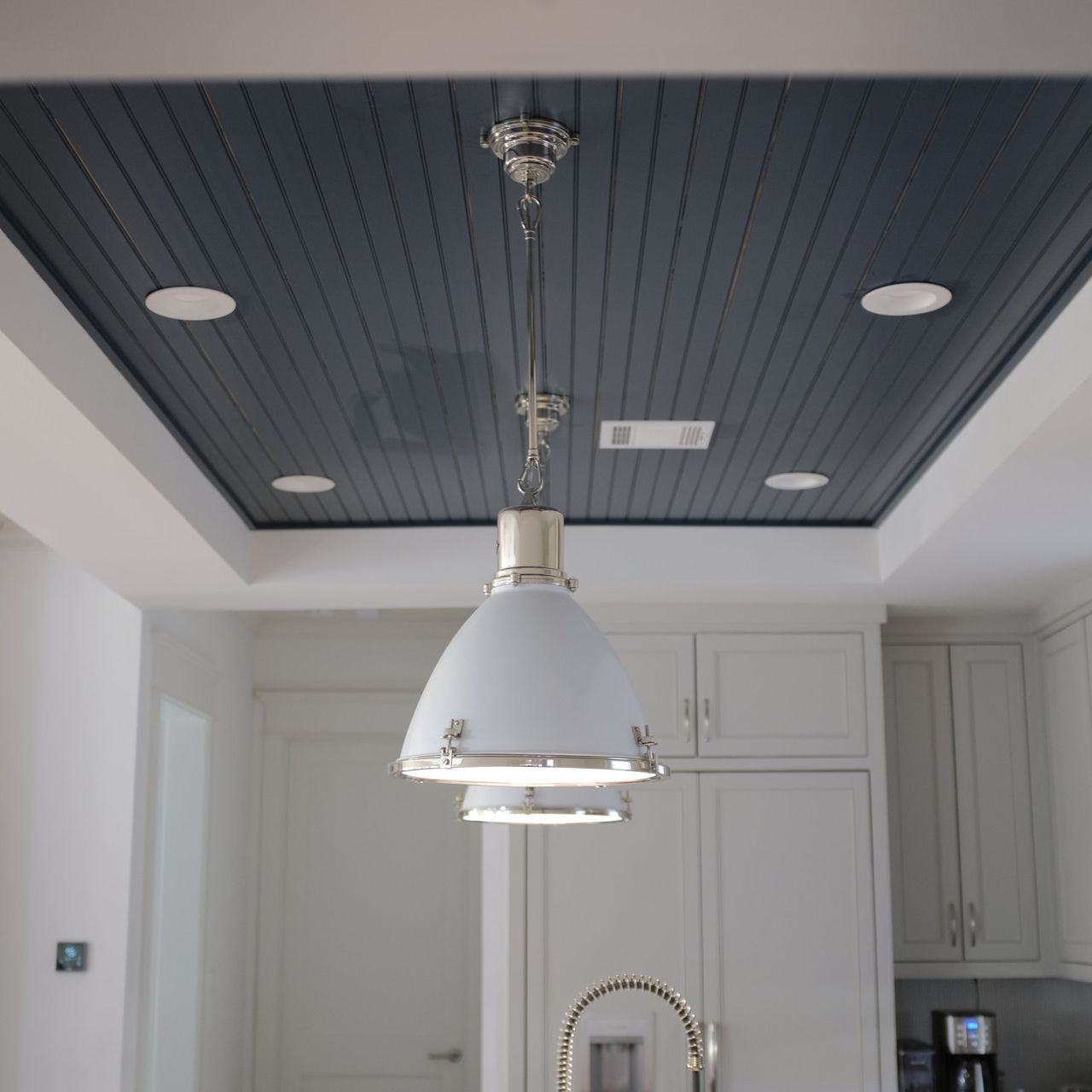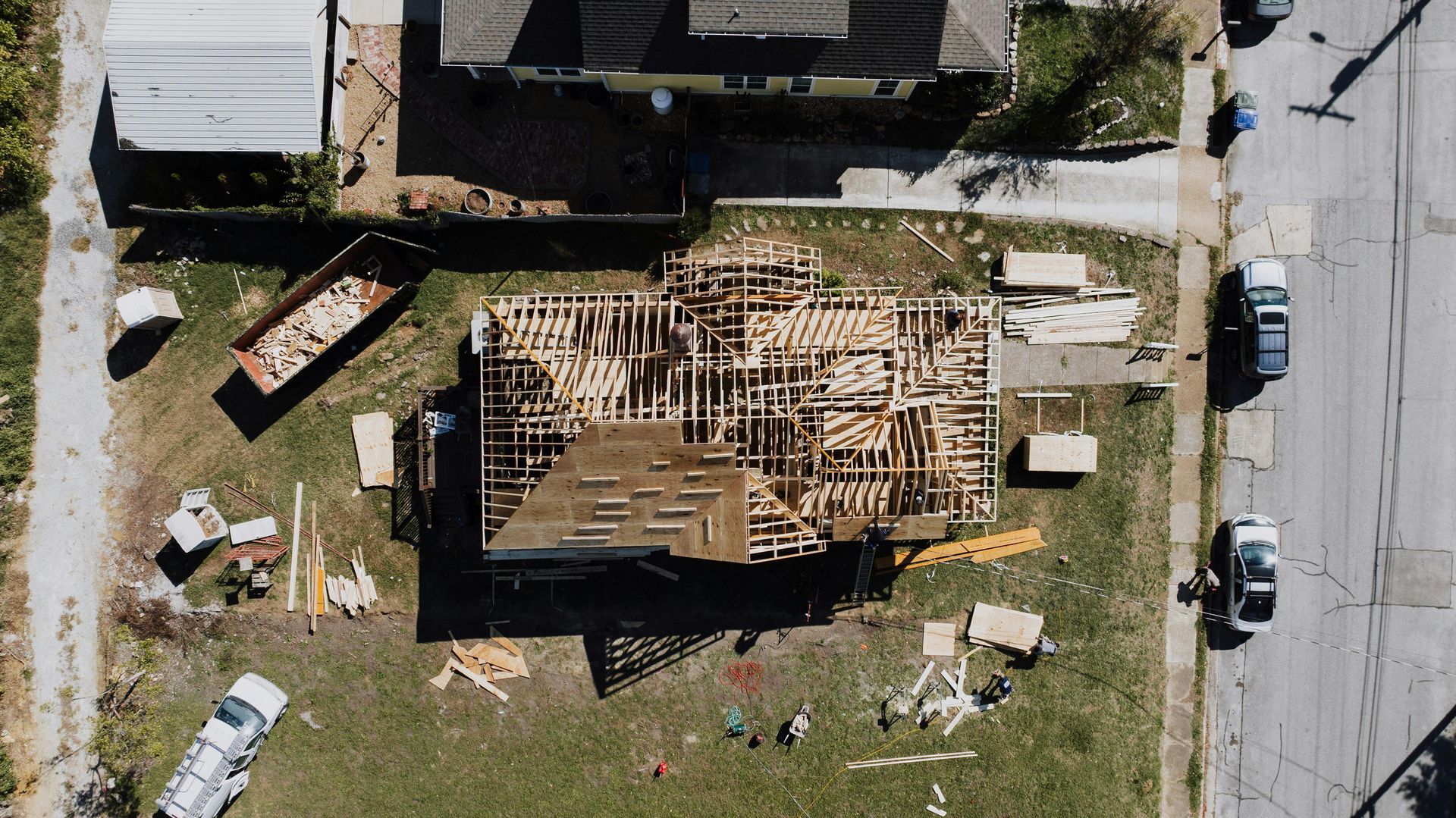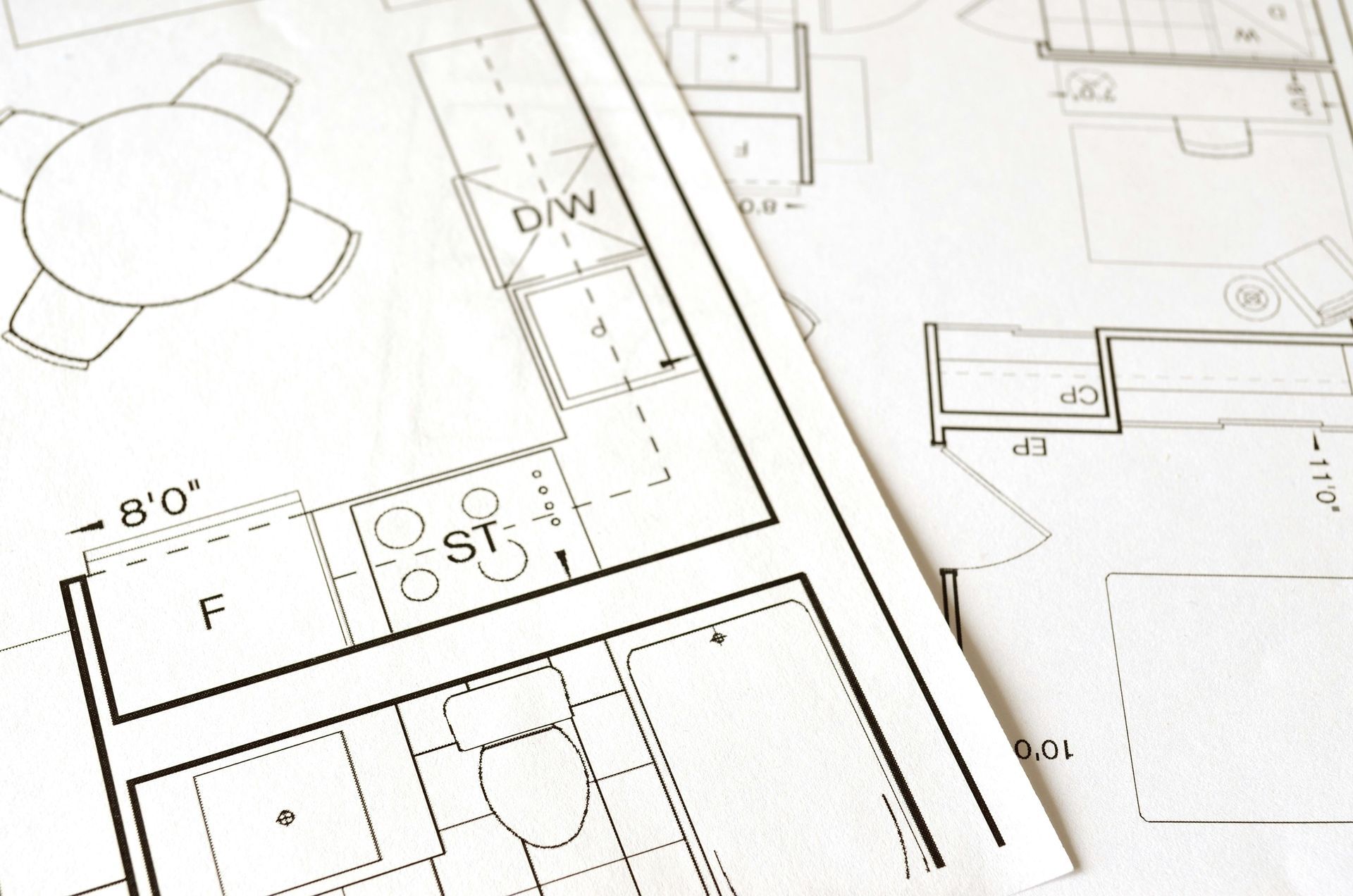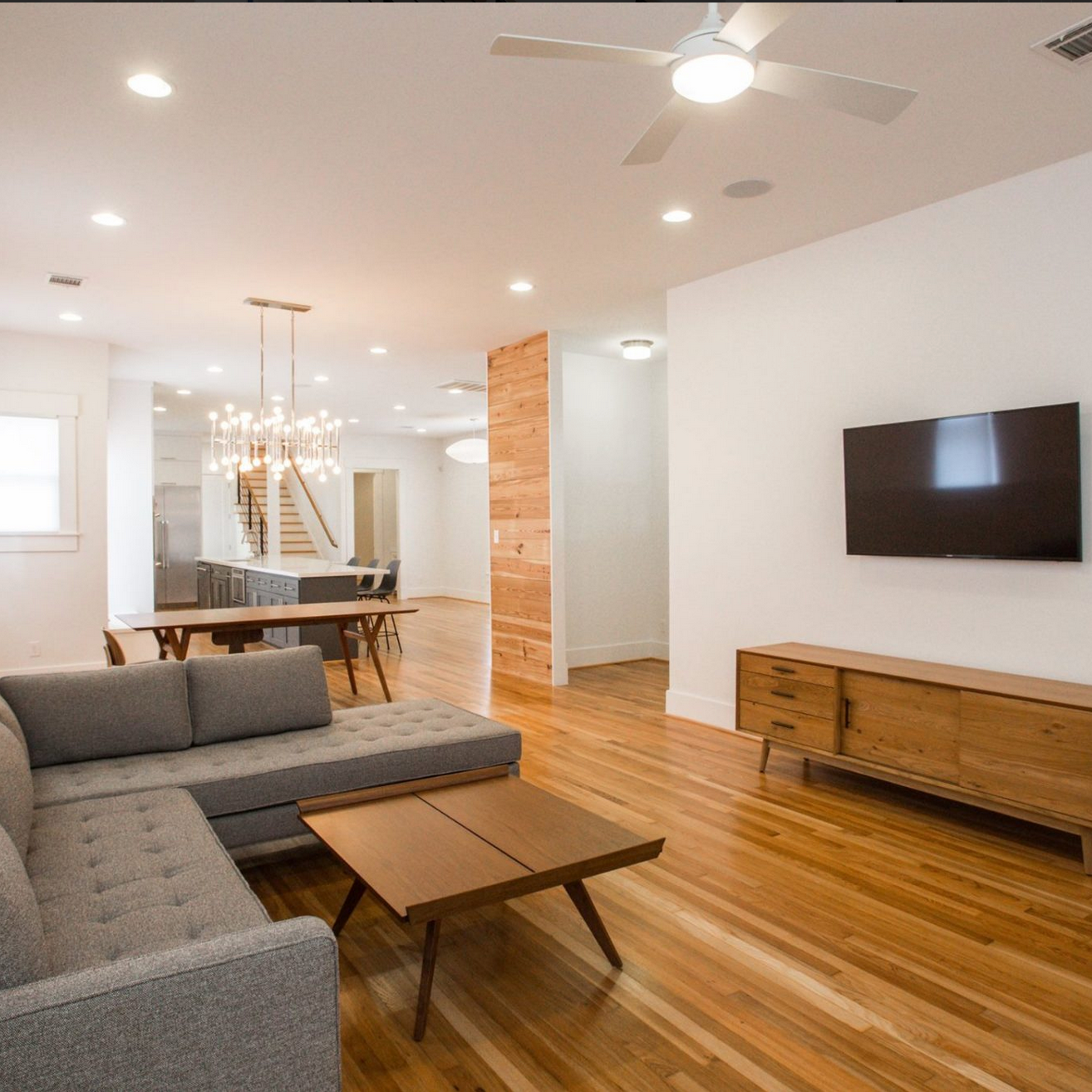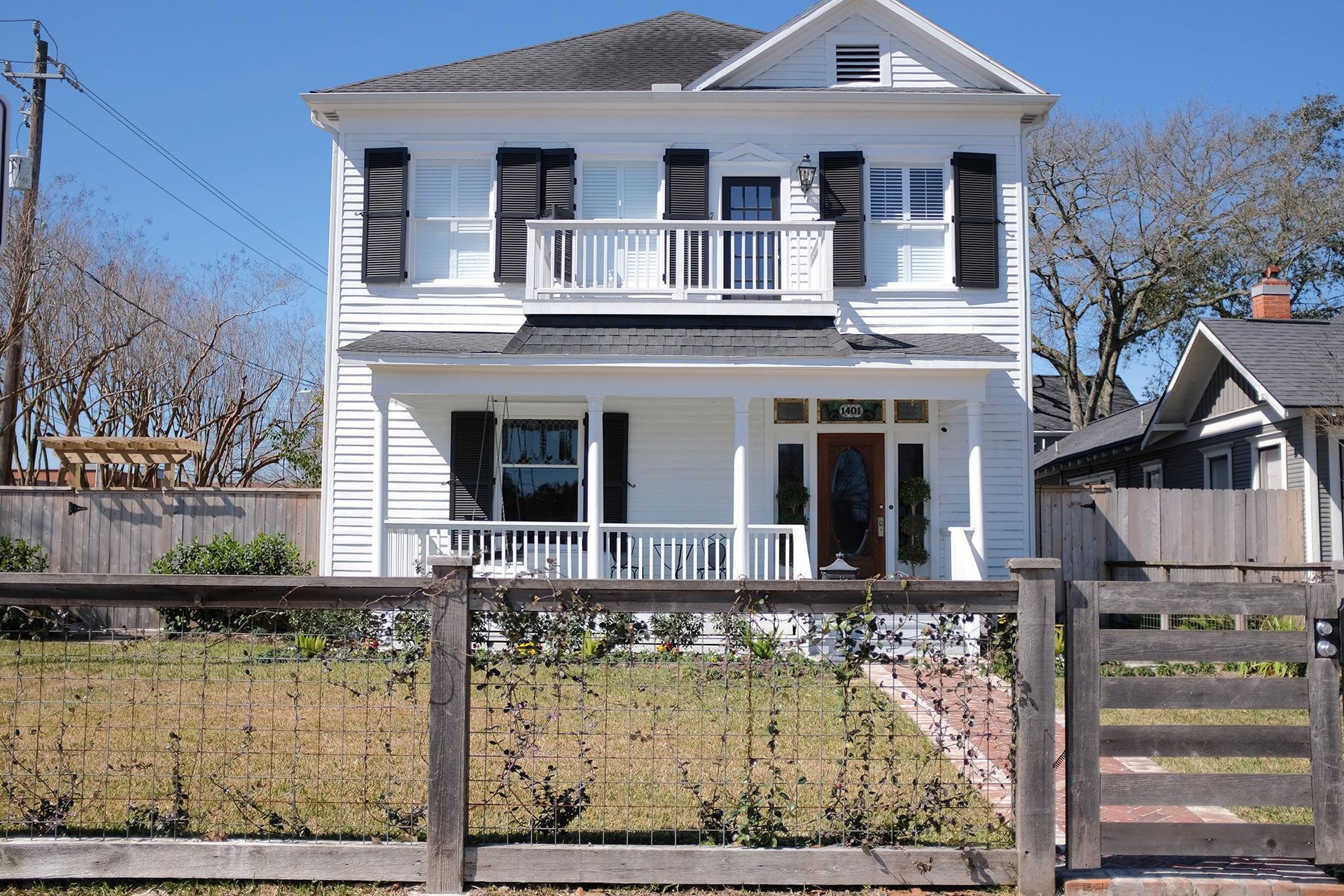Foundations in Home Building: Types, Comparisons, and Considerations
When building a home, one of the most critical components to consider is the foundation. The foundation supports the entire structure and plays a crucial role in ensuring its stability, longevity, and safety. Choosing the right type of foundation is essential and can significantly impact construction costs, energy efficiency, and maintenance. This blog will explore the different types of foundations used in home building, comparing their advantages and disadvantages.
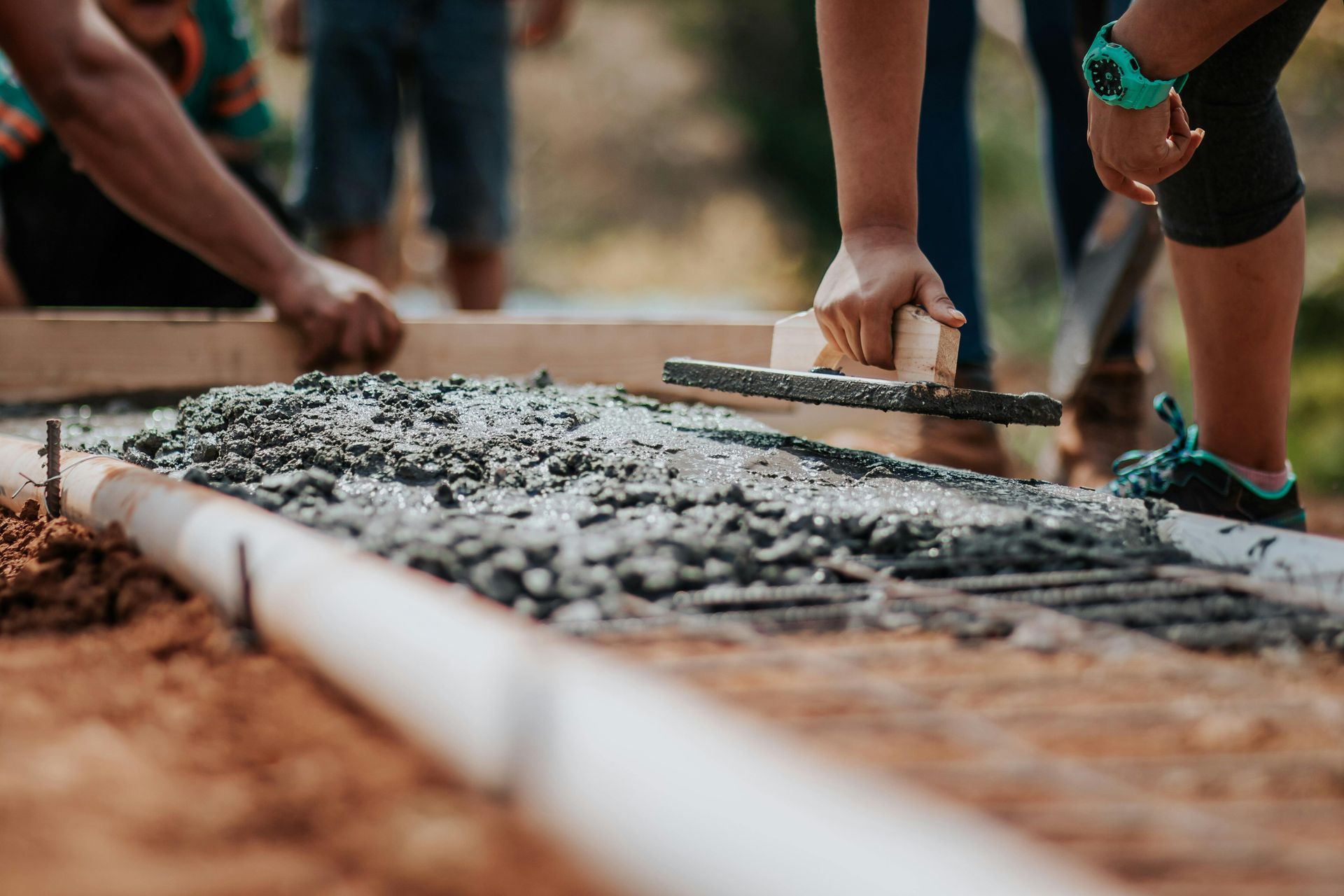
1. Slab Foundations
Description:
A slab foundation consists of a single, thick concrete slab poured directly onto the ground. It is one of the most common foundation types in warmer climates.
Advantages:
- Cost-Effective: Slab foundations are generally less expensive to construct compared to other foundation types.
- Quick Installation: The construction process is quicker since there’s no need for extensive excavation or footings.
- Energy Efficiency: The concrete slab can help keep the home cooler in warm climates.
Disadvantages:
- Vulnerability to Moisture: Slabs can be prone to cracking and shifting due to moisture and soil movement.
- Limited Access to Utilities: Any plumbing or electrical issues beneath the slab can be challenging to repair.
2. Crawl Space Foundations
Description:
A crawl space foundation elevates the home above ground level, creating a small space (typically 18 inches to 4 feet high) between the ground and the bottom of the structure.
Advantages:
- Accessibility: The crawl space allows easier access to plumbing and electrical systems, making repairs more convenient.
- Good Ventilation: Properly ventilated crawl spaces can reduce moisture buildup and help prevent mold.
- Elevation from Flooding: Crawl spaces provide some protection against flooding, particularly in areas prone to heavy rainfall.
Disadvantages:
- Pest Issues: The space can attract pests, such as rodents or insects, if not properly sealed and maintained.
- Increased Construction Costs: Building a crawl space foundation can be more expensive than a slab due to the additional materials and labor required.
3. Basement Foundations
Description:
A basement foundation involves constructing a full-height space below ground level, creating a usable area for storage, utilities, or living space.
Advantages:
- Additional Living Space: Basements can serve as extra living areas, game rooms, or storage spaces, enhancing the home’s overall usability.
- Energy Efficiency: Basements can help regulate indoor temperatures, keeping the home warmer in winter and cooler in summer.
- Flood Resistance: When designed correctly, basements can offer some protection against flooding.
Disadvantages:
- Higher Costs: Basements are typically the most expensive foundation option due to excavation and construction complexity.
- Moisture Problems: Basements can be prone to water intrusion and dampness, requiring proper waterproofing measures.
- Longer Construction Time: Building a basement takes longer than other foundation types due to the extensive excavation and framing involved.
4. Pier and Beam Foundations
Description:
Pier and beam foundations consist of concrete piers or columns set deep into the ground, supporting wooden beams that elevate the home.
Advantages:
- Elevated Structure: This foundation type offers good protection against flooding and allows for ventilation beneath the house.
- Easier Repairs: Accessing plumbing and electrical systems is more manageable with a pier and beam foundation.
- Flexibility: Piers can be adjusted if settling occurs, helping maintain the level of the structure.
Disadvantages:
- Cost Considerations: This type of foundation can be more expensive due to the materials and labor involved.
- Pest Risks: Like crawl spaces, the space beneath can attract pests if not adequately sealed.
Choosing the right foundation for your home is a critical decision that will impact the overall integrity, cost, and usability of your structure. Each foundation type comes with its own set of advantages and disadvantages, making it essential to consider factors like climate, soil conditions, budget, and future use when making your choice. Collaborating with a knowledgeable builder and doing thorough research can help ensure that you select the best foundation for your dream home, setting the stage for a safe and comfortable living environment for years to come.

